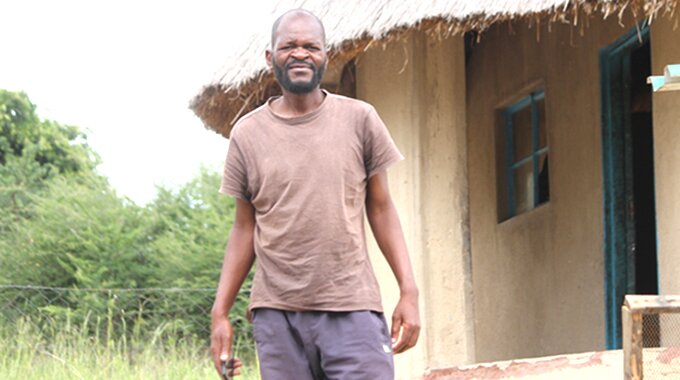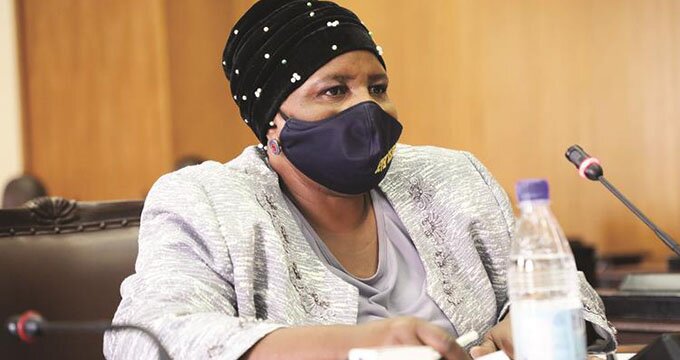Elliot Ziwira
Senior Reporter
Production of fruit, vegetables and other horticulture products for export are to be revived and the sector expanded with major investment from the private sector and the Government under the Horticulture Recovery and Growth Plan drafted by the Ministry of Lands, Agriculture, Water and Rural Resettlement.
This dovetails with the national Vision 2030, aimed at achieving an upper middle-income status by that year, through transformation of agriculture from a US$5,2 billion to US$8 billion sector.
As envisaged, the horticulture recovery and growth plan will not just boost exports, but also drive rural incomes adding US$2 000 to the average household income for participating small-scale farmers by 2030.
Advertisement
Zimbabwe was at one stage a major and growing exporter of flowers, vegetables and other horticultural products with frequent flights airlifting these products to European markets.
With revival of the sector and the inclusion of small-scale farmers and rural communities more possible markets could be found as well as more products for local consumption.
Information, Publicity and Broadcasting Services Minister Monica Mutsvangwa said after yesterday’s Cabinet meeting that the envisioned plan is an implementation mechanism for the Agriculture and Food Systems Transformation Strategy (2020-2025).
The plan, Minister Mutsvangwa said, would tap into the mutual compatibility existing between the private sector and rural communities in horticultural transformation in the country.
“The Horticulture Recovery and Growth Plan focuses on two broad and mutually reinforcing areas, namely: a private sector-driven recovery of the conventional horticulture sub-sector; and a robust, inclusive and sustainable and transformative rural horticulture sub-sector,” she said.
The recovery plan would require US$1 billion from the private sector and partners while the Presidential Horticulture Scheme, would benefit 1,8 million rural households at a cost of US$186 million.
The latter scheme would comprise household tree planting; village nutrition gardens; ward-based youth vegetable and horticulture patches and orchards.
Also to be included in the anticipated scheme were schools vegetables and horticulture projects which was in line with the Government’s stance to empower learners through curricula that embrace education with production.
Research, development and innovation in production, mainstreaming of indigenous vegetables and fruits, processing, value addition and beneficiation were also part of the Horticultural Recovery and Growth Plan, whose main thrust was to develop both the domestic and export markets.
To ensure viability, guarantee sustainability and climate-proof the Presidential scheme, over 25 000 boreholes would be sunk in all villages and schools across the country.
Advertisement
“It is envisaged that by 2025, a vibrant rural agro-industry would have been established alongside a rejuvenated conventional horticulture sub-sector.
“Furthermore, it is projected that altogether a US$1,217 billion annual rural horticulture economy will be created by 2025, growing to US$3,5 billion by 2030. This will be equivalent to income amounting to US$675 and US$2 000 per household by 2025 and 2030, respectively,” Minister Mutsvangwa said.
The predicted horticulture growth, inclusive of the Presidential programme, is projected to generate US$1,469 billion in export earnings from the year 2025 onwards.
The minister highlighted that the plan’s implementation would be supported through the Horticulture Development Council , while the Presidential scheme would be coordinated by an inter-ministerial taskforce.
“Both will be aligned to the National Horticulture Working Group. The development council comprises horticulture commodity associations essential in the production and marketing.
The working group was a multi-stakeholder coordination platform brining together all in the horticulture value chain with all Government ministries involved in the sector represented, Minister Mutsvangwa said.
The platform would include the Reserve Bank of Zimbabwe, the Bankers Association of Zimbabwe, the Horticulture Development Council, the Agricultural Rural Development Authority, Zimtrade, exporters, and other professionals drawn from the horticulture industry.
The working group would oversee implementation of the plan with the support of thematic working groups.
Agriculture remains a key component in Zimbabwe’s economy as it creates employment and reduces poverty.
Agriculture contributes 15-18 percent (expected to grow to 20 percent) of gross domestic product, 23 percent to total formal employment and offers livelihoods to close to 70 percent rural citizens (54 percent of them women).
Advertisement
About 63 percent of industrial raw materials and 60 percent of manufacturing value addition come from agriculture.
In export earnings, agriculture enjoys a 30 percent share. Of the 31 industry clusters in Zimbabwe, 15 rely on agriculture for feedstock. In addition, a third of the formal labour force is supported by agriculture-related employment.
About 64 percent of agricultural GDP comes from maize (14 percent), tobacco (25 percent) and cotton (25 percent).
Beef and fisheries provide 10 percent and 24 percent comes from sheep, goats, pigs, poultry. Tobacco, cotton, sugar, horticulture, tea and bananas jointly account for 40 percent of national exports value.
– HERALD








